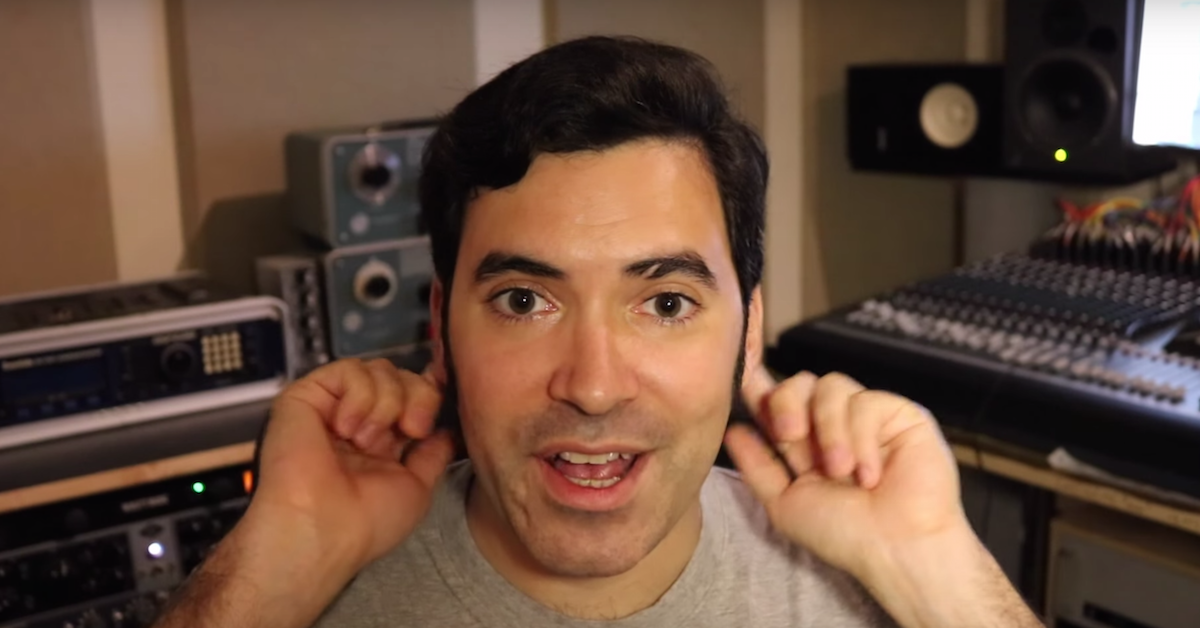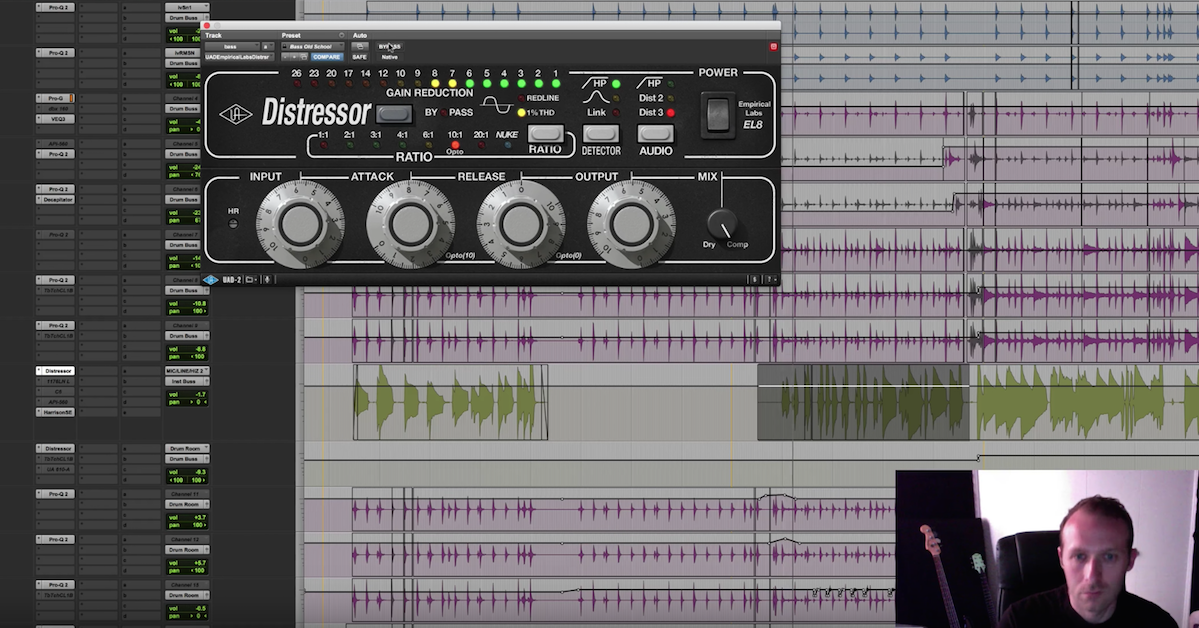5 Secrets to Recording Vocals at Home
Article Content
About half of the songs I mix were recorded in part, or entirely, in a home studio. Home studios are wonderful — they’re convenient, comfortable and cost effective. That said, there are some difficulties when it comes to recording in a home studio. I’ve put together five or so home studios, as well as two commercial studios, and I’ve learned a few things when it comes to getting the best sound possible.
1. The Room Is Priority #1
The biggest mistake people make is buying an expensive mic and an expensive preamp and putting it in an improperly treated room or closet. Don’t do that. Controlling the acoustic environment is a pain, and it’s not particularly glamorous.
If you want to do it poorly, by all means skip this step and go for subpar results — but know it was your decision to choose to lose. However, if you aren’t afraid to put in a little effort to get great results then come join me in the winner’s circle.
2. Step Out Of Your Damn Closet
Here’s how room reflections work: sound energy propagates through a space and reflects off boundaries. Those reflections continue until the energy itself dissipates. That’s true whether you’re in a big room or a small one. The only difference between a small room and a big room is that in a small room the reflections are closer together.
While this might mean less of an audible decay, it also means more room interaction. Specifically, a type of interaction called comb filtering, which basically thins the sound and gives it an odd texture. What I’m trying to say is that closets sound bad.
Proper isolation rooms might look like closets but they’re actually bigger rooms with a foot or more of insulation on each wall making the room appear smaller. Of course, when you do get out of the closet you’re going to have to face the necessary evil of room treatment. And there’s something you should know about treating your room.
3. Quick and Easy Acoustic Solutions Are Snake Oil
I’m not the person who usually dogs on a product, but I’m just gonna go at it even if I’m being a bit controversial. Auralex is crap. It’s overpriced and under effective. All it does is absorb high-frequency reflections. Which is better than nothing, I suppose.
Keeping your money is also, technically, better than nothing. There are also a lot of products that either go around the mic, over the mic or behind the mic that eliminate room decay — and they range from “crap” to “semi-effective”.
Similarly, there’s a ton of mythology on things that absorb sound. Stuff like couches, carpets, dead bodies, hay barrels, egg cartons, curtains, etc. … and again you kind of get a range of “crap” (egg cartons) to “better than nothing” (dead bodies).
The truth of the matter is that easy solutions are not the most effective solutions. But, fortunately…
4. Effective Solutions Aren’t Expensive
Johns Manville or Owens Corning rigid fiberglass panels are magic. Commercial studios use insulation for sound absorption, with rigid fiberglass being the most effective in terms of cost and preserving spatial real estate.
Two-inch thick panels will absorb your lower mid to treble frequencies. Four-inch thick panels will absorb the upper bass range, and six-inch thick panels will absorb a fair amount of the primary bass range.
You’re going to need 24″ x 48″ panels, and a breathable fabric to wrap them in. I’m not gonna lie, in a medium-sized room, you might need to build like 12 of these panels, and that may cost you up to $400 if you include the cost of fabric.
If you’re thrifty you may be able to get that cost down. You really may only need four to six, four-inch panels placed in key places. Even at cost, that’s still less than a 12 pack of Auralex at the same dimension, way more effective, and will look a lot nicer too.
5. Placement Is Key
Now that you’re using the most effective room treatment, it’s important to use it in the most effective way. I mentioned that you might only need four to six, four-inch panels. That’s because those panels will control your primary reflection points. The other panels will simply reduce the overall sound energy to help what these primary panels are doing.
The best placement may actually be on movable stands. This way absorption can be moved to form a mini-booth with the back end open. It’s important to remember that for a typical vocal recording we will be using a unidirectional pickup that grabs sound from the front of the mic. This means we want to have our absorption behind us.
It seems counterintuitive at first, but if you think about it, it doesn’t do much good to filter reflections from the direction the mic isn’t really picking up to begin with. An open-back makeshift booth reduces the reflections and creates minimal comb filtering.
There are a number of panel configurations that can work. Three, 24″ x 48″ in a trapezoidal layout will be effective. Six, 24″ x 48″ stacked to make the height 96″ in a trapezoidal layout will be more effective. The benefit of placing the panels on stands is that once you are done recording they can be moved to walls to help with monitoring.
Aside from the movable panels, you want to treat your key reflection points. I would base these points off of your mixing position, and then adjust your moveable stands so that you are projecting toward the area that has the most treatment on it.
Your key reflection points will be at the angle on each wall where the sound would bounce directly from the speakers back to your ear. So one will be directly behind you, and two will be on the side walls halfway between your ears and each speaker cone (presuming your room is a rectangle). If you position your “booth” so that you are projecting toward absorption, you will minimize the direct reflections.
Incidentally, this is the setup Andrew Dawson used to record Kanye’s “Life Of Pablo” at our studio. Even for something that demands a tight sound like rap vocals, this setup is very effective. What’s fun is that you can step further away from the back of the mobile booth to get a more live sound if you want something with a bit more room tone in it.
The best part of all of this is that with even a fairly inexpensive mic and preamp you can get results that get on par with commercial recording facilities. It’s more work than simply throwing money at stuff and hoping for the best, but it’s actually cheaper and better than simply buying a really expensive mic and preamp and sticking it in a closet.





